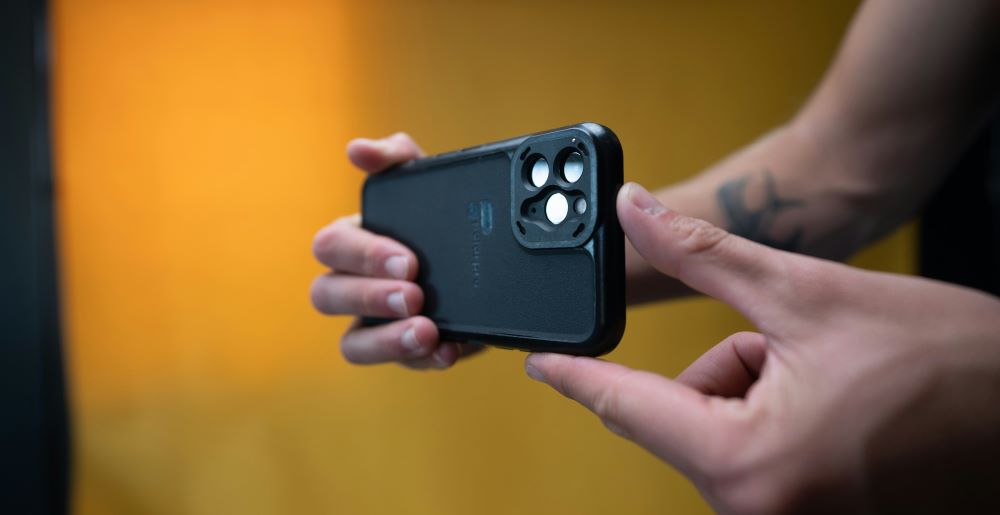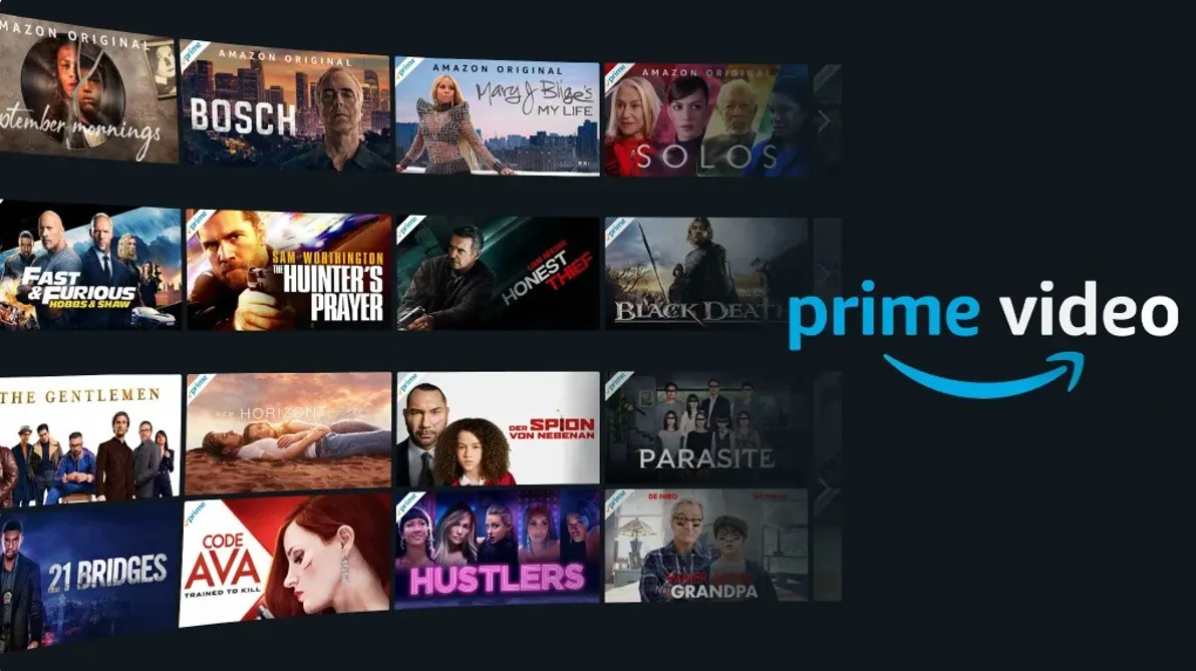For ecommerce giants like Amazon, retail media has long been part of their core business. Now more traditional retailers like supermarkets, beauty stores and fashion retailers are increasingly looking to get in on the game.
Retail media can provide an environment for brands to advertise their products where consumers are in the mindset of purchasing. And at a time where the ability to target individuals is waning, targeting mindsets stands out as a strong alternative – though personalised targeting can play a big role.
Andy Stephen, UK managing director, retail media at Criteo, says that this type of advertising can provide an enhanced consumer experience.
“We work with retailers to ensure that ad formats are really native and that they’re highly contextual,” he said, “Most successful retail media programs will have some pretty smart algorithms running in the background, that are constantly validating that the ads that are being displayed are actually getting clicked on and interacted with. Because if not, that demonstrates that it’s detracting from customer experience.”
Meanwhile for advertisers, retail media’s key strength comes from the vast and valuable datasets that retailers hold, often fuelled by loyalty cards and digital purchase data. This role is set to get more important after the death of cookies, says dunnhumby’s head of media and customer engagement products Julie Jeancolas
“The demise of third party cookies and the rise of first party data is driving the value of retailers’ own media assets such as onsite and store,” Jeancolas said, “Retailers have the benefit of first party transaction and sales data, which is a key source of competitive advantage for retailers as it offers CPGs the ability to hyper-target and personalise their comms based on actual purchase behaviours, not simply demographic, interest or intent; and for the first time, to access closed loop measurement.”
In the US, retailers like Walmart, Home Depot and Best Buy now have well-established retail media offerings. While the US leads the way on retail media, European businesses have been investing more in their media offerings over the past few years.
IAB Europe estimates that in 2021, advertisers spent around nine billion euros on retail media. They predict that by 2026, that figure will have trebled to 28.9 billion euros.
Some European retailers are already making significant headway, with the Netherlands, UK and Germany standing out as some of Europe’s more developed markets.
UK
Probably one of the most well-known retail media businesses in the UK is Tesco’s offering. Late last year the supermarket giant launched “Tesco Media and Insight”, a platform which stepped up its media offering. Brands on the platform can utilise data from Tesco’s loyalty scheme Clubcard to target customers. Twenty million people in the UK have Clubcards, providing a wealth of data for advertisers.
Tesco’s offering is powered by dunnhumby. Dunnhumby recently launched a new retail media offering dunnhumby Sphere, which is already utilised by Tesco as part of its offering.
Dunnhumby’s Julie Jeancolas outlined the advantages that retail media can bring for retailers.
“For a retailer running their core business on a two percent to four percent margin, the prospect of setting up a retail media business that could run at forty percent margin is pretty appealing. Because of the high margins that media delivers vs retailers’ core business, this could add ten percent to fifteen percent of group EBIT from retail media,” Jeancolas said.
She also highlighted a number of obstacles that face retailers when investing in media.
“The biggest barrier is that ultimately retailers are not media businesses and are struggling to make media a priority,” said Jeancolas, “A couple of examples of misalignment include tech development roadmaps of the web site or mobile apps not including retail media, or store owners not wanting to have brand imagery in their store.”
Boots Media Group is another UK retail outlet expanding its media offerings. Like Tesco, Boots also has a well-established loyalty card scheme, the Advantage Card. The pharmaceutical and beauty retailer claims there are 11.7 million active Advantage Cards in the UK.
Germany
German company OTTO is one of the world’s biggest e-commerce stores. OTTO has collaborated with MediaCom on their retail media offering.
Douglas is a German perfume and beauty retailer. It has over 2,000 stores in 19 different countries. The retailer has set up Douglas Marketing Solutions. As well as opportunities on the Douglas retail site, the retailer utilises its dataset to help its brand advertise offsite.
Jessica Koch is director new business and retail media at Douglas Marketing Solutions, she explained the opportunities available.
“Offsite we can activate full funnel in the main channels such as Youtube, Instagram, Facebook and Google. All common ad formats can be booked via us such as Story and link ads, or product listing ads on Google,” said Koch.
“The essential point here is that we use our first party data and push it in the offline channels to target the right audience in the right channel and get qualified traffic back in the brand room or product detail page,” she added.
Douglas meanwhile says that its investment in retail media represents a fundamental shift in its business model.
“We are transforming ourselves from a retailer to a media seller. We consider Douglas Marketing Solutions as a hybrid – we are a publisher and digital agency at the same time. This transformation is part of the general transformation that we are going through as a company due to our platform strategy. We don’t talk about suppliers anymore, we talk about partners – on our marketplaces and all online and offline stores,” Koch said.
The Netherlands
The Netherlands has a well-developed retail media landscape. It has several large-scale retailers with established retail media offerings.
Bol.com is one of the most established retailers in this area. It is an ecommerce site operating in the Netherlands and Belgium, serving over 11 million customers. Bol.com sells a wide range of goods such as electronics, toys and DIY items. The retailer has established Bol.com Retail Media Group (BRMG) as a means to entice brands to advertise on the site.
BRMG offers brands sponsored products, display advertising and social advertising.
Another retailer in the Netherlands with a well-known retail media presence is supermarket chain Albert Heijn. Albert Heijn has its own media agency AH Media within its retail environment.
Bol.com and Albert Heijn are both large retailers with big datasets, as are all of the retailers on this list. But Andy Stephen says that although scale is obviously an advantage when it comes to retail media, that doesn’t mean smaller retailers can’t have their own offering.
“There really is an opportunity for mid-sized retailers to capitalise on the opportunity, and to make inventory available, and tap into the opportunity,” said Stephen. “Often if they’re offering a niche audience, that can be incredibly valuable to the right advertisers. So we’re seeing success throughout different scales of retailers.”
France
Carrefour is a multinational company with supermarkets and hypermarkets in 30 countries. Almost half of its revenue is generated in France, and its headquarters are in Paris. In June 2021, the company announced deals with Criteo, LiveRamp and Google.
Carrefour has been undergoing a digital transformation over the last four years. Previously it’s e-commerce offering had been split across different websites, and its customer data was also scattered.
Criteo’s Andy Stephen says this is a common trend across retailers, with retail media changing the way many of them do business.
“It allows the retailer to evolve how they work with their supplier base,” he said. “Traditionally, retailers have had quite a transactional relationship with their suppliers regarding supply of stock, whereas now, these retail media networks are emerging. They’re treating suppliers like customers, they’re trying to create really custom media plans and experiences for them to really drive value to their business and help them reach their audience.”




